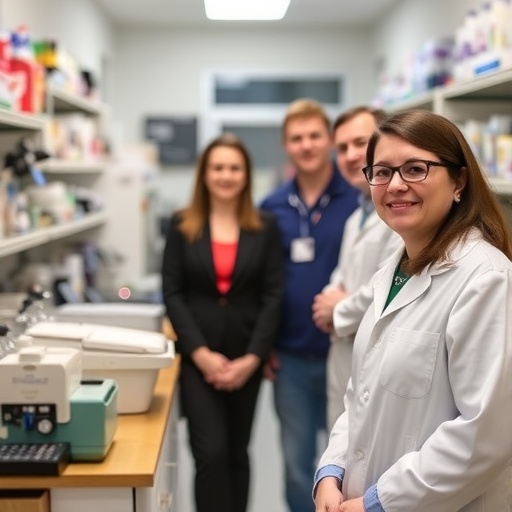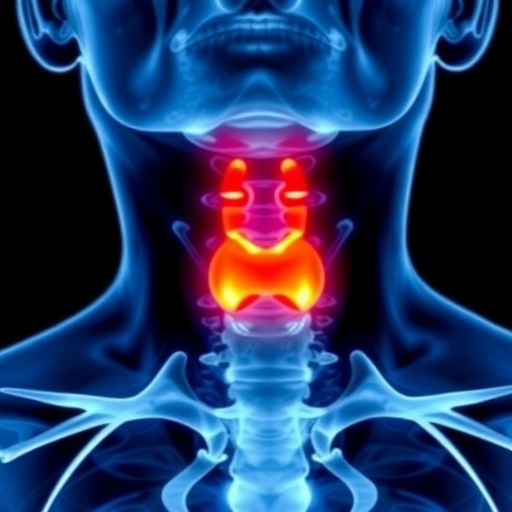UNIVERSITY PARK, Pa. — The mechanics behind how an important process within the cell traps material before recycling it has puzzled scientists for years. But Penn State researchers have gained new insight into how this process seals off waste, much like a trash bag.
The process, called autophagy, allows cell waste and damaged material in the cell to be recycled into energy or new proteins. But while scientists know that a membrane called the phagophore must close around this waste material before it can be recycled, the exact mechanisms behind how these membranes close has been a mystery.
In a recent study published in Nature Communications, the researchers designed a special process called an assay that allowed them to study the several stages of autophagy as the autophagosomes — like trash bags — open and seal around cell waste. Using this process, they found key insights into how phagophores close, sealing off the autophagosome.
In the study, the researchers used the new assay, which is patent pending, to identify that a mechanism — "endosomal sorting complexes required for transport (ESCRT)" — plays a role in autophagosome closure. Specifically, a component of ESCRT called "CHMP2A" is involved in how the membranes close.
Hong-Gang Wang, Lois High Berstler professor of pediatrics and pharmacology at Penn State College of Medicine, said that while the study only examined the mechanics of this process, the findings have possible future implications for treating certain cancers.
"The key to cancer progression is proliferation," Wang said. "If cancer cells want to multiply, they use autophagy to burn up waste material for energy to grow. So while autophagy removing this waste in healthy cells is a good thing, once those cells are cancerous, you might want to change gears and block autophagy to stop them from creating energy and multiplying. This is where learning how to stop these trash bags from closing around this waste comes in."
The researchers found that during autophagy, CHMP2A moves to the phagophore where it helps control the inner and outer membranes of the autophagosome as it closes. Additionally, they found that inhibiting "AAA-ATPase VPS4" — a mechanism that kick starts ESCRT — impairs the autophagosome from closing. Together, these findings are an important piece of how scientists understand autophagy and autophagosome closure.
"Basically, this assay has the potential to impact the autophagy field," Wang said. "Now that we have the assay and have identified the machinery involved in the autophagosome membrane closure, we move on to the next step, which is examining ways to use this machinery to stop phagophore closure to possibly treat cancers, including pediatric acute myeloid leukemia."
Wang said that autophagy has been thought to both help maintain cancer cell survival as well as contribute to chemotherapy resistance. In one of his previous studies in mice, Wang found that removing a certain autophagy gene in acute myeloid leukemia-initiating cells while transplanting bone marrow cells significantly improved survival of the mice. This suggests that autophagy plays a role in the beginning of certain types of leukemia.
In the future, Wang said he and the other researchers will further their understanding of autophagosomal membrane closure, as well as explore whether blocking autophagosomal membrane closure can be used to treat cancer.
###
This work was supported by the Lois High Berstler Research Endowment Fund and Four Diamonds.
Yoshinori Takahashi, Haiyan He, Zhenyuan Tang, Tatsuya Hattori, Ying Liu, Megan M. Young, Jacob M. Serfass, Longgui Chen, Melat Gebru, Chong Chen, Carson A. Wills, Jennifer M. Atkinson, Han Chen and Thomas Abraham, all at Penn State, also worked on this research.
Media Contact
Katie Bohn
[email protected]
@penn_state
http://live.psu.edu
http://dx.doi.org/10.1038/s41467-018-05254-w




